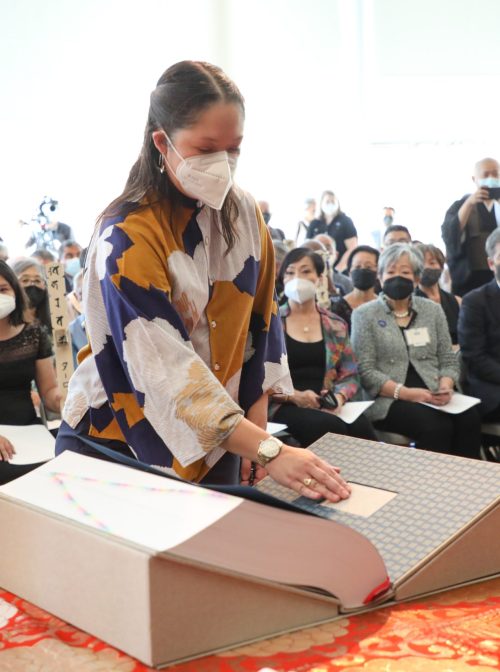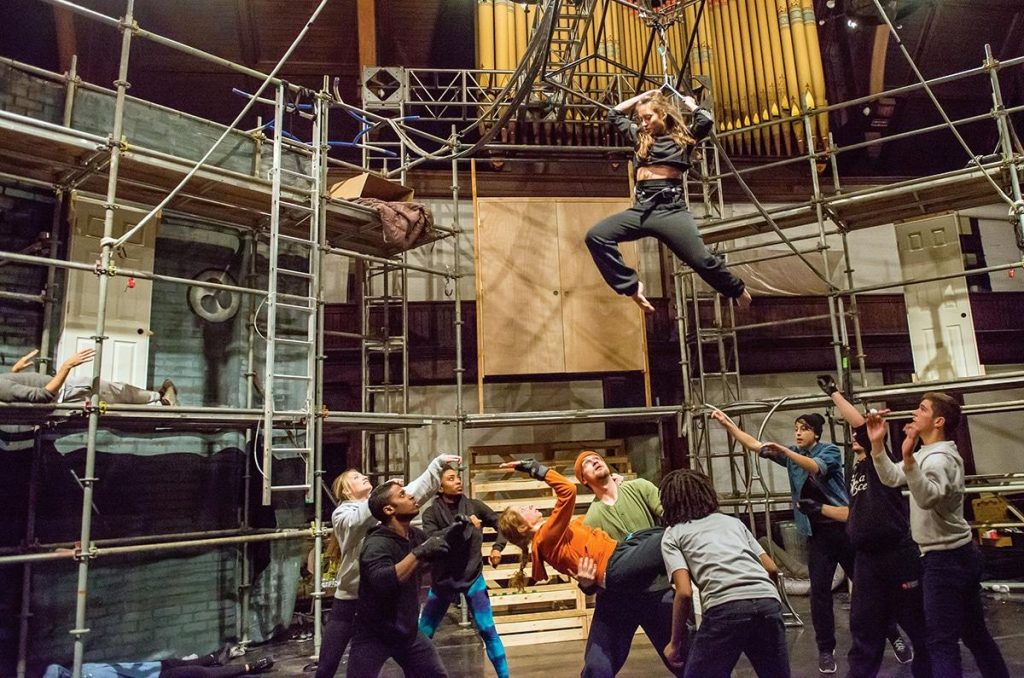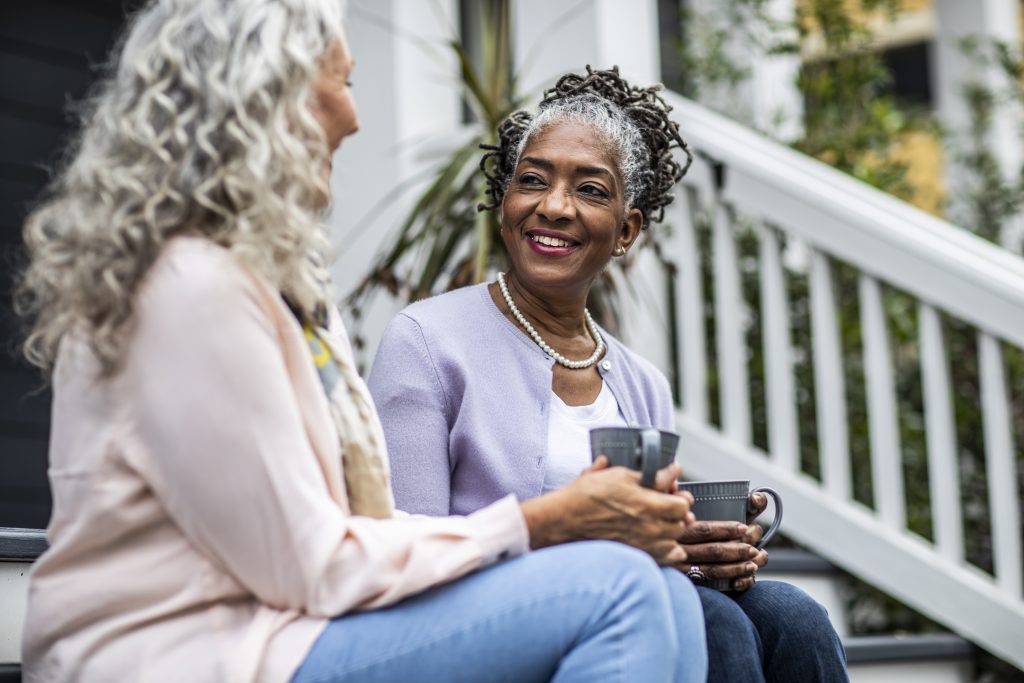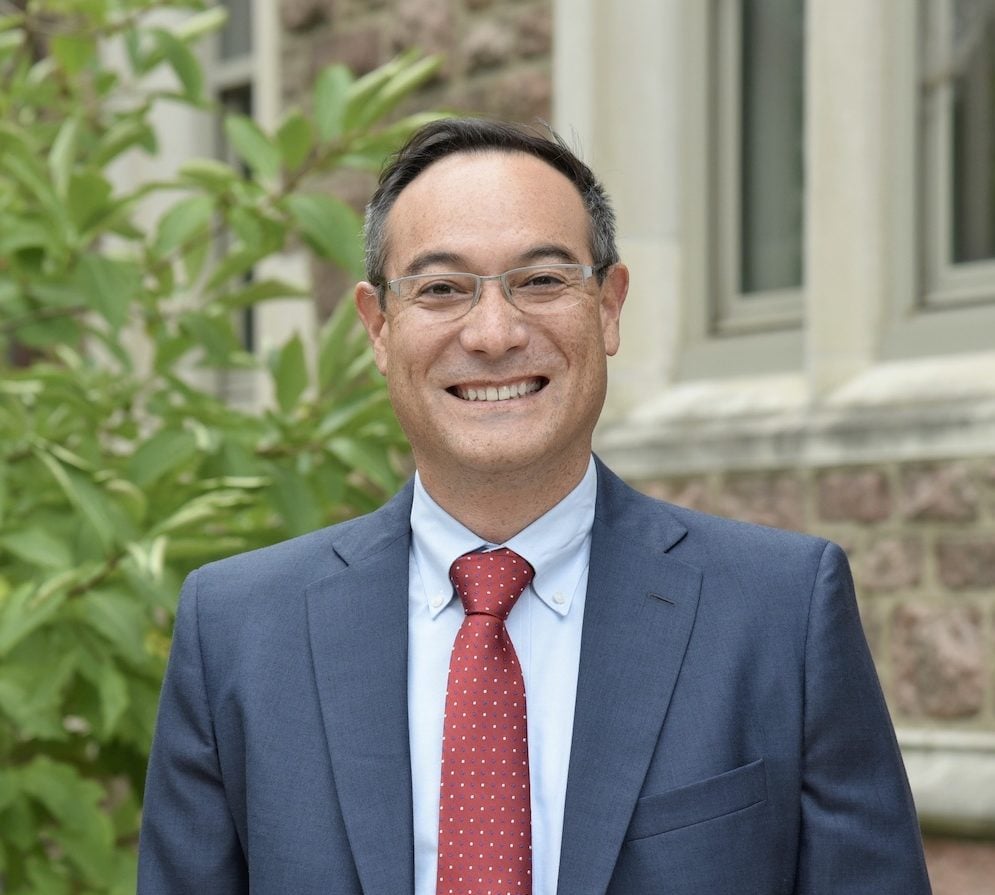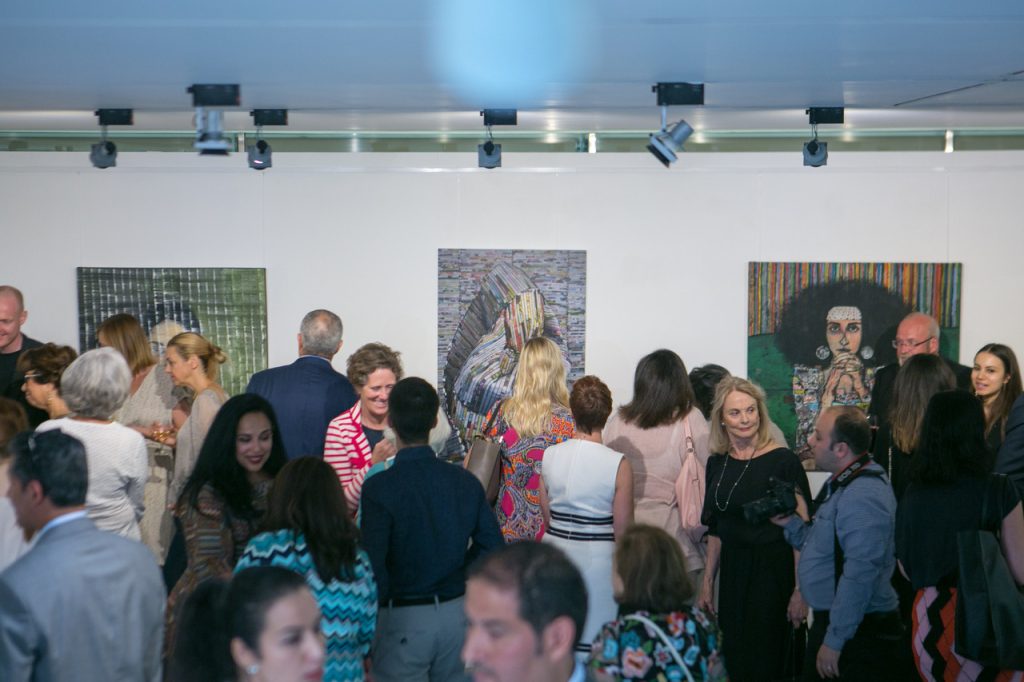I’ve always thought Buddhism, or at least the Jodo Shinshu Buddhism that I grew up with, excels at funerals.
As my minister, Rev. Ron Miyamura, reminds: the cause of all death is birth. Funerals become spaces for contemplation of the Buddha nature, or wise teacher, in each of our lives. Each summer, we gather for obon, a time when ancestors return. The centerpiece of obon is dancing odori, or group folk dances. There are dances for fishermen, for coal miners, and more recent additions for Pokémon or political agitators. Rev. Ron says that the spirits don’t want to intrude, so they sit by the front door and watch us come and go. If my ancestors come back and check on me, how do I check on them?
Historian Lisa Yoneyama offers the idea of irei, or soul consoling, as a theory and practice of caring for the dead through remembrance. As a scholar who studies Japanese American incarceration during World War II, I find myself surrounded by irei. Issei, or first-generation Japanese immigrants, constructed monuments at their detention sites, the Ireito at Manzanar (California) and Amache (Colorado) or the Ireihi at Rohwer (Arkansas) are just some of the ways that souls were cared for during the wartime. More recently, the Buddhist minister and religious studies professor, Duncan Ryuken Williams, debuted the Ireicho—a living monument of the more than 120,000 souls that were incarcerated by the U.S. government.
For the opening ceremony of the Ireicho, Dr. Williams invited an interfaith group of Japanese Americans and others to gather in Los Angeles and begin an embodied project of acknowledgement. We were invited, in small groups, to represent different confinement sites; each group included some clergy or lay faith leaders including Christian, Muslim, Jewish, Hindu, Indigenous spiritualities, and more Buddhists than I could count. In a ceremony that blended liturgy and chanting, we remembered, together.
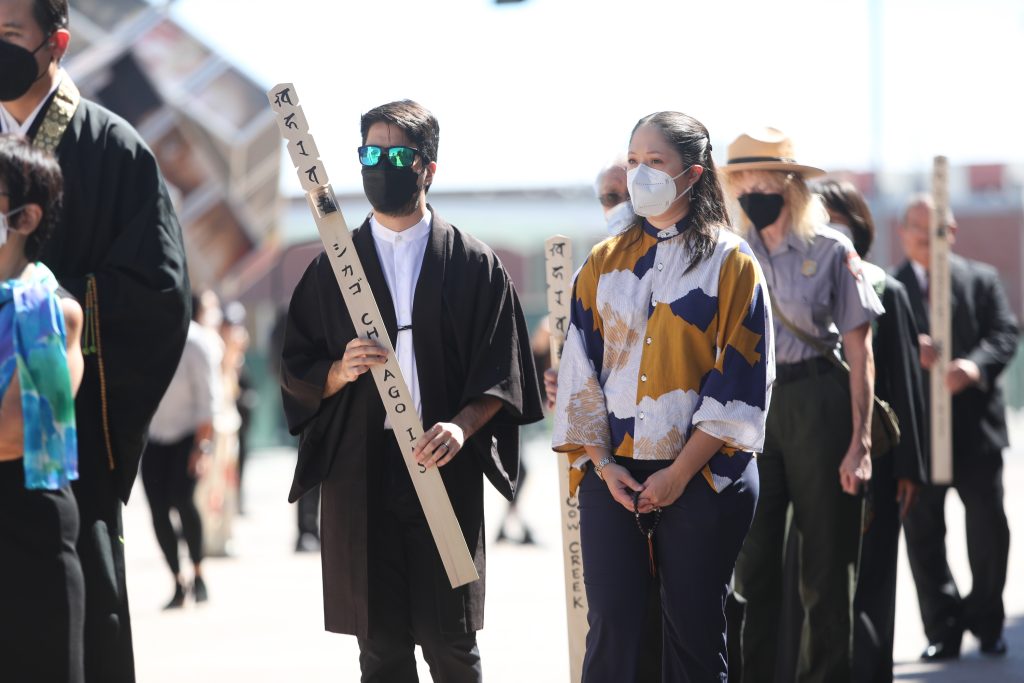
My academic research looks at pilgrimages that Japanese Americans take to the incarceration sites. In the pre-gathering for the Ireicho, Japanese American National Museum president Ann Boroughs described our gathering as a pilgrimage. After all, what is a pilgrimage but an embodied project of acknowledgement? As anthropologists of pilgrimage posit, through traveling to a sacred site we enter a state of liminality, a process of becoming, through which we might deepen our faith. In the case of Japanese American pilgrimages, there isn’t an overtly spiritual valence, but the framework holds—that we are seeking to deepen understanding and belonging.
In a recent workshop, Silma Suba, Interfaith America Media Manager and Staff Writer, asked us to think about what we’re really saying in our writing. What I’m really saying, in this essay, in my attendance at pilgrimages, in my scholarly interest in pilgrimages, is that I am trying to find someone. I am trying to find Sano Ansai, my mother’s mother’s mother. Sano was born in Fukishima, Japan in 1889 and she died at the Rowher Relocation Center in McGhee, Arkansas in 1943. Historians would turn to archives to tell you about historical figures like Sano, I could do the same—I could find her birth certificate, her immigration record, her death certificate, her enemy alien case file—but that’s why I’m not a historian, because I know the questions that I want to ask Sano are not in those records. The things that make her come alive to me—if she was scared of dying? If she was lonely once her children left for Chicago (I assume she was too sick to travel, but her children all came to Chicago in early 1943)? what she would have thought of Chicago, this city I call home? And, of course, how did she feel about her confinement? These are all unanswered questions and, even if I could have asked Sano, are, perhaps, unanswerable questions. If Sano Ansai comes to check on me each obon, then what I am really saying in my writing is that I am trying to check in on her too.
In 2019, the weekend that my temple held our obon festival, I was also part of a protest of Chicagoans who opposed President Trump’s immigrant family detention policies. In the course of the weekend, I remembered Sano Ansai in a radio interview, I marched the streets of Chicago in her memory, I danced tanko bushi with the community that came in her wake, and I chanted, “Ju sei gei,” in recognition of her Buddha nature. Family detention and the forced separation of parents and children have been the bedrock of U.S. state violence from enslavement to boarding schools to today—it is a violence that knows no political party nor administration. Choosing to be separated from her children, so they might be free, is the unimaginable pain I imagine in Sano’s life. As President Biden is set to expand family detention and my colleagues at Tsuru for Solidarity plan new waves of protests, I know this too is pilgrimage, this too is an embodied project of acknowledgement, this too is irei.
Lisa Doi is a Community Organizer for Tsuru for Solidarity, a grassroots network of progressive Japanese Americans. There, she supports work around policing and prison abolition and Black– led movements for reparations. Lisa is also the President of JACL Chicago, a member of the Midwest Buddhist Temple, and a curatorial assistant at the Japanese American National Museum. Outside of the Japanese American community, Lisa is a Ph.D. student in American Studies at Indiana University where she studies remembrance and memorialization. She is an Interfaith America Sacred Journey Fellow.
